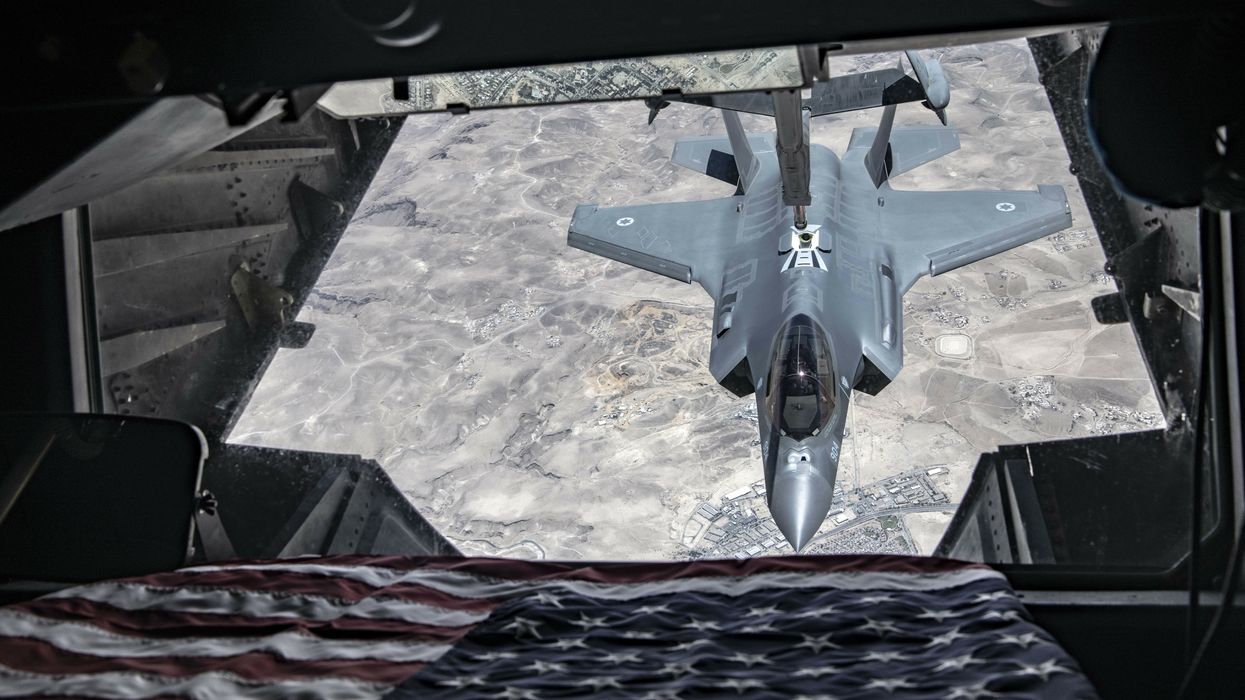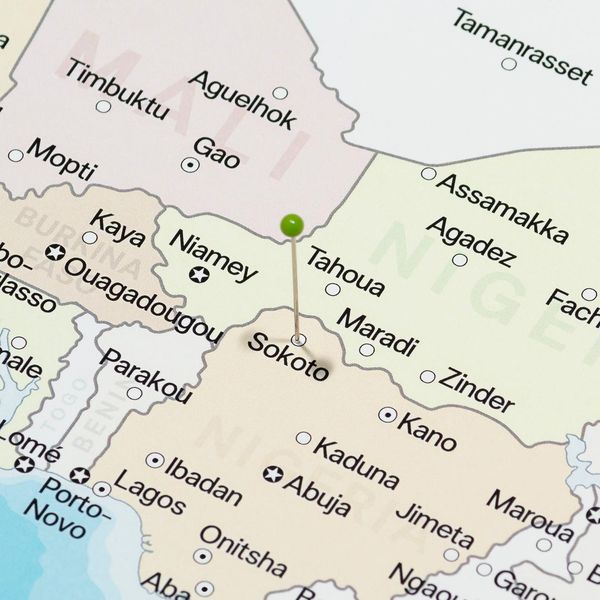Current U.S. trade policy seeks to dictate terms through coercive tariffs and sanctions rather than leading through innovation and multilateralism. The trade war with China that began in 2018 offers the best example of the folly of this approach and provides insights into a responsible trade policy in a world where revenue and innovation are rarely a zero-sum game.
The notion that President Trump’s trade war is succeeding is detached from the numbers. First, due to China’s aging population combined with rising wages, textile and electronics manufacturers were already leaving China for the cheaper labor of countries like Vietnam prior to the trade war.
Samsung alone announced a $2.5 billion investment into Vietnam in early 2017. A 2016 Deloitte study predicted Vietnam and India will rise six spots in their manufacturing competitiveness by 2020 based on rising Chinese production costs due to “a rapidly growing middle class” and China’s pivot towards high-tech manufacturing.
This prediction has proved correct: the World Economic Forum ranked Vietnam the most improved country in terms of competitiveness in 2019. The Obama administration’s support of the Trans-Pacific Partnership (TPP) was an acknowledgment of this migration of manufacturing from China to Southeast Asia and a U.S. desire to promote favorable trade rules.
Second, foreign direct investment (FDI) data published by the Organization for Economic Co-operation and Development (OECD) showed $81.8 billion in FDI into China in the first half of 2019 despite the ongoing trade war. This is a significant decline compared to the $125.6 billion in FDI during the first half of 2018, and it outpaced the 20 percent decline in FDI worldwide. However, it is not as devastating a decline as some Washington hawks might argue and contractions in growth are more likely due to a reduction in credit growth and China’s own decision to favor state-owned businesses when offering it.
The trade war acted as a catalyst for a small exodus of manufacturing from China and an overall slowing in growth, but the root cause for these changes is a function of China’s rising middle-class and counterproductive policy of favoring state-owned enterprises rather than a wound inflicted by Trump’s trade war.
The true casualties of an ineffectual trade war are the U.S. economy and increased diplomatic tensions between the world’s largest economies. In addition to higher costs for U.S. consumers, the trade war has hurt American exports. For example, U.S. farmers across the country who rely heavily on exporting their products to China have been harmed. At a more granular level, exports from Texas to China fell from $16.3 billion in 2018 to $10.9 billion in 2019 largely due to Chinese retaliatory tariffs on liquefied natural gas.
What would an approach to trade policy that values multilateral leadership and innovation over ham-handed coercion look like?
First, it will accept that U.S. trade and technology policy must value innovation over isolation. U.S. firms must currently obtain a government license to export to Chinese telecom giant Huawei and since last week, it is banned from using U.S. software. These actions are intended to bring Huawei and Beijing to the negotiating table, but at a steep diplomatic and financial cost. Left unresolved, they threaten to leave U.S. semiconductors by the wayside as Chinese firms remove unreliable U.S. suppliers from their products and continue to innovate without them. Thus, a policy intended to curtail an independent Chinese semiconductor industry’s rise through intellectual property theft and subsidies may inadvertently advance it by forcing it to unilaterally develop new technologies.
Innovation will never be a zero-sum game, even if one side plays unfairly. It is clear that the motivation to confront Huawei extends beyond nefarious uses of its technology, sanctions violations, or inequitable trade policies, but is rooted in the view that Huawei itself represents China’s rise in the world. For this reason, former Trump adviser Steve Bannon publicly prioritized destroying Huawei over achieving a trade deal with China.
Chinese companies like Alipay and WeChat have also led a fintech revolution that brought financial services to remote parts of rural China and will be replicated abroad. This system of Quick Response code payments made with a smartphone app and integrated into social media platforms is designed to displace the banking-based model led by the U.S. and is extremely attractive for developing countries with weak banking systems and nonexistent regulatory frameworks. Imagine if U.S. corporations could truly focus on innovation rather than burdensome and complex trade regulations?
Second, a U.S. trade policy that values international norms will exhaust preexisting channels of dispute settlement prior to engaging in a trade war that harms its own citizens. The Section 301 investigation of “unfair” foreign barriers to U.S. exports led by the U.S. Trade Representative's Office found that China gains American technology through coercion, unfair business practices, and outright theft. This impacted U.S. businesses and needed to be addressed, but through international institutions rather than unilateral efforts.
Early proponents of litigating matters through the World Trade Organization (WTO) argued that a unilateral trade war was illegal since U.S. complaints fell within the scope of the WTO’s mandate. Further, a 2019 study by the Peterson Institute for International Economics found that the U.S. wins and settles far more WTO cases than it loses to China in trade disputes.
But rather than pursuing a WTO-centric approach first, Washington unilaterally embarked on an ongoing trade war. This led the U.S. and China to enter an initial Economic and Trade Agreement in February, 2020 that goes further than WTO rules in addressing technology transfers, but overall includes provisions that likely could have been settled through the WTO as a first step to a multilateral effort to hold China accountable.
Third, a savvy U.S. trade policy will take advantage of the economic and political benefits of its supply chains and economic engagement. Proponents of removing China from the U.S. supply chain to lower its currency reserves ignore that economic integration with China offers a path to de-escalation of future conflicts and downplay the importance of such integration to U.S. businesses, as evidenced by the sheer volume of requests to exclude products from Section 301 tariffs.
Their position is analogous to those who called for our leaving the Joint Comprehensive Plan of Action (JCPOA) with Iran, which effectively severed Washington’s ability to influence Iran’s policies outside of brute force. And as we’ve seen, replacing the JCPOA with the most expansive sanctions regime in history has failed to alter Tehran’s core positions.
Fourth, a U.S. trade policy that reflects Washington’s ambitions to improve global security and development while respecting the U.S. taxpayer, will accept that we cannot develop the entire world alone. The Chinese model of international development is intended to advance Chinese interests, but Washington shares similar goals for the U.S.
The third USAID Policy Framework published in 2019 explicitly states that the goal of U.S. foreign development is to “transition our partnerships from traditional donor-recipient relationships to new forms of strategic engagement, including stronger security alliances, commercial ties, and triangular cooperation” and to “generate economic opportunities for U.S. businesses and workers.” Further, Chinese development abroad is not new. Early examples of Chinese aid in the developing world includes building the Karakoram highway in Pakistan beginning in 1959 and funding the TAZARA railway in Tanzania in 1976.
The Chinese model of development is extremely exploitative as seen by comparing World Bank loans to the average Chinese loan in South Asia which matures 4.9 years faster, has a grace period 3.4 years shorter, and an interest rate that is twice as high as those from the World Bank.
But USAID efforts are also problematic, too often producing underwhelming results in which price gouging occurs due to mismanagement rather than the built-in corruption of the China model. For example, USAID totaling nearly $6 million resulted in the construction of just six schools in Pakistan’s Sindh province due to construction mismanagement and a relatively non-competitive bidding process.
U.S. development projects also ignore local realities to the detriment of their recipients. In contrast, the Chinese model produces tangible results in the short-term, such as the coal power plants that keep the lights on in Pakistan. Warning developing countries of the ticking time bomb of Chinese loans is unpersuasive without offering an alternative.
Ultimately, Washington’s calls for China to fully liberalize its economy stem from concerns over China’s hegemonic ambitions which remain valid despite Beijing’s vague denials. But policymakers ought to ask themselves how China managed to become a threat to U.S. primacy while sitting on the sidelines of low intensity conflicts as Washington spent trillions of dollars in part to maintain hegemony?
China’s growing defense budget amid shrinking economic growth and investment in power projection is still dwarfed by the Pentagon. Leaps in military technology eventually enter the private sector, but this does not require two decades of counterinsurgency. It is debatable whether U.S. trade liberalization and increased imports is the proximate cause of net job loss in light of increased productivity and automation.
But it is without a doubt that two decades of misallocated defense spending could have been invested in infrastructure, education, and the creation of good jobs for Americans during periods of transition in certain sectors of the economy. Improving the lives of Americans must be the end goal of defense, trade, and domestic economic policies.
A trade policy that focuses on American innovation and the strengthening of multilateral trade institutions need not approach China or any other country with naivete. Beijing will continue to take advantage of the comparative transparency, freedom of press, and rule of law of the U.S. system. Genuine reforms in China’s system may take years and even well-run Chinese corporations remain vulnerable to becoming pawns of Beijing.
Protectionist tariffs, angry fist pounding, and sanctions may offer a short-term, feel-good solution in Washington’s policy wind tunnel, but this approach has no long-term wings. The best option for supplanting the more insidious economic policies of other global powers is to challenge them through established international fora, offer a superior alternative, and when possible, work together on common goals.
















